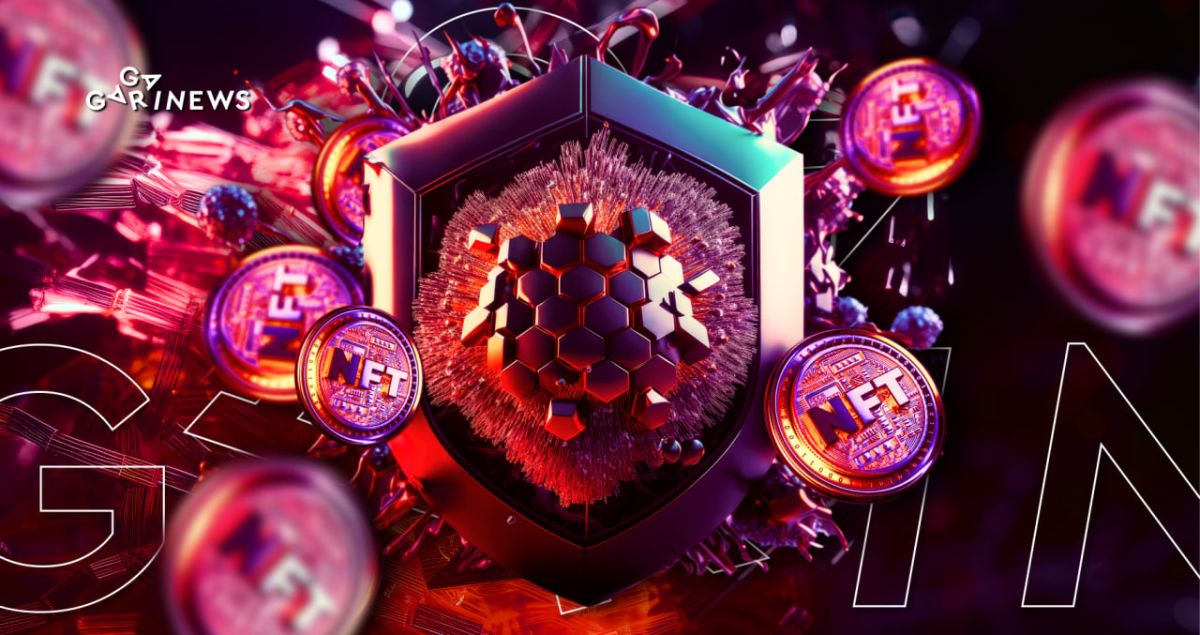Rest Easy with ERC-721x: Protecting Your NFTs

A new variant of the renowned ERC-721 non-fungible token (NFT) standard has surfaced. This fresh iteration of the smart contract is specifically tailored to ensure the secure storage of NFTs in hot wallets.
The ERC-721 standard, which enables wallet/broker/auction applications to engage with any NFT, has been such a resounding success that external developers are eagerly integrating its open-source code to introduce useful features. Previously, we discussed how Limit Break rolled out an enhancement called ERC-721C, which revolutionized the interaction between NFT creators and their buyers.
Now, the CyberKongz team is ushering in ERC-721x.
This advanced smart contract bolsters security layers for NFT holders. The standard enables token protection through two-factor authentication (2FA), meanwhile, users can participate in NFT staking without any ties to storage.
Wondering How it Functions?
The ERC-721x smart contract empowers users to lock/unlock assets directly at their storage point, thereby authorizing or blocking their transfer.
Within ERC-721x, there are two tiers: locking and shielding.
Locking: All personal NFTs are lodged within a registry managed by a smart contract. Until the owner voluntarily removes them from this list, the tokens are immovable and cannot be stolen – not even if the wallet or platform gets compromised.
Shielding: To amplify security, another wallet is appointed as a “guardian” or secondary custodian. This secondary address is assigned to ensure that during any hacking attempts, the assets can be swiftly relocated to another address, all while maintaining their association with the legitimate owner. Through the second wallet (even if it's hardware-based), assets can be locked yet again. In this case, to free them for sale or transfer, the movement prohibition must be lifted twice.
Moreover, using the ERC-721x standard allows one to stake NFTs without relinquishing ownership rights.
“The Guardian Contract allows you to enjoy the convenience of a hot wallet while adding the security of a cold/hardware/multi-sig wallet on top,” CyberKongz said in an announcement.
For further information on how these features are programmatically implemented, the GitHub repository is available.
The Challenges the ERC-721x Standard Overcomes
Implementing the protective functions with a secondary wallet entirely rules out the following risks:
- Email scams;
- Manipulation through social engineering;
- Approval of fraudulent contracts;
- Phishing attempts;
- Web3 wallet security breaches..
Additionally, the lockdown ledger can be integrated with any form of ERC-721 tokens, from their trade to their application as gaming assets.
The content on The Coinomist is for informational purposes only and should not be interpreted as financial advice. While we strive to provide accurate and up-to-date information, we do not guarantee the accuracy, completeness, or reliability of any content. Neither we accept liability for any errors or omissions in the information provided or for any financial losses incurred as a result of relying on this information. Actions based on this content are at your own risk. Always do your own research and consult a professional. See our Terms, Privacy Policy, and Disclaimers for more details.


























